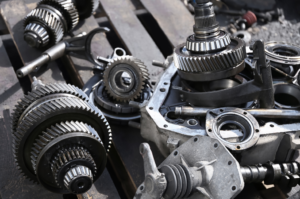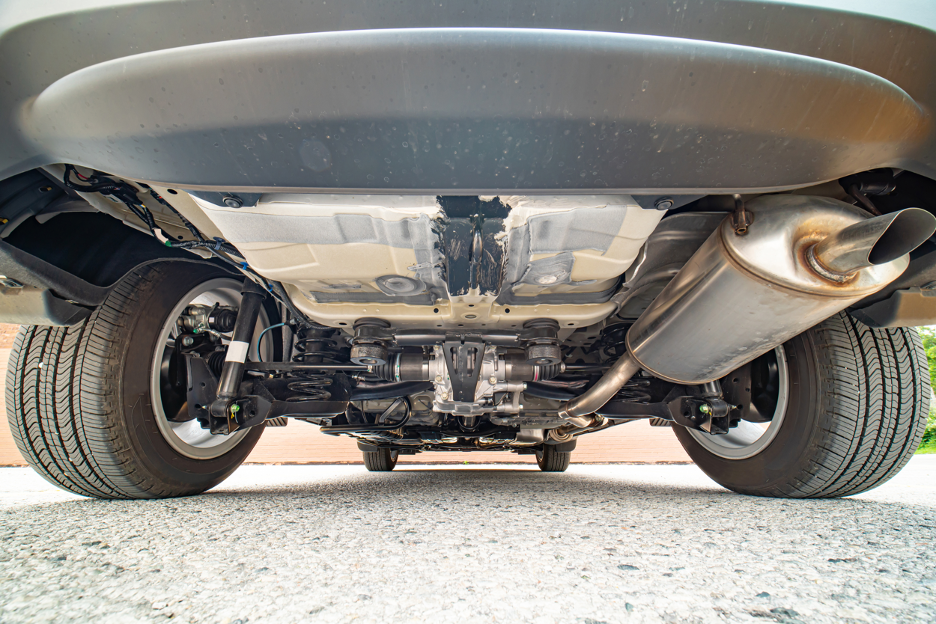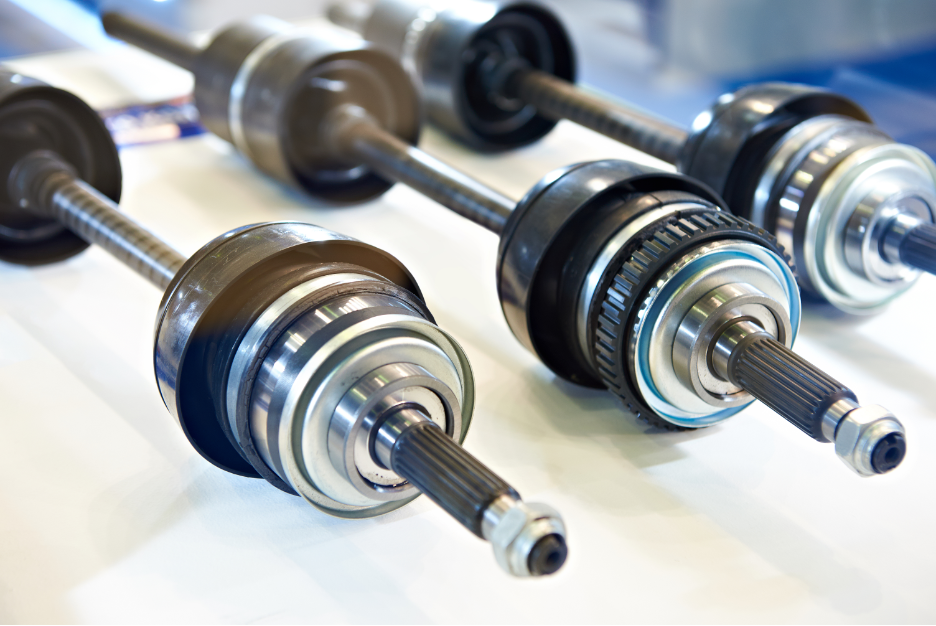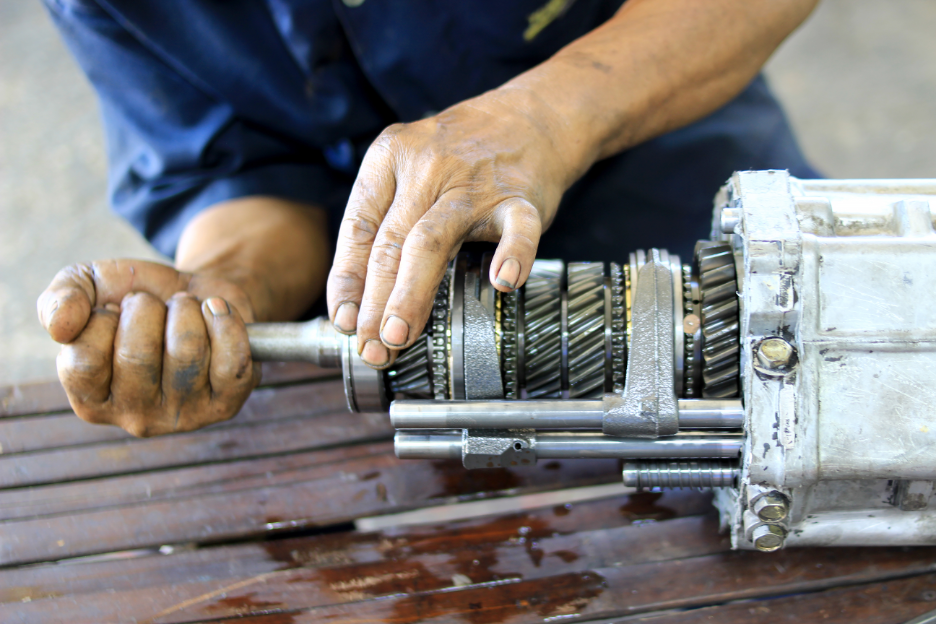 In order to run properly, automobiles require a number of different components. Some of these components are large and some of these components are small, but regardless, each and every one serves a distinct purpose.
In order to run properly, automobiles require a number of different components. Some of these components are large and some of these components are small, but regardless, each and every one serves a distinct purpose.
One of the most important components in a vehicle is the transmission—a component that converts engine power to the vehicle’s wheels. Looking to learn more about your vehicle’s transmission in Elmwood Park? This article has you covered.
What Does Your Transmission Do?
The transmission is the regulator of a vehicle’s speed, responsible for transferring power from the engine to the wheels. Consisting of a series of gears, it shifts depending on the speed of its corresponding vehicle being driven.
The transmission includes a variety of different components. In addition to its planetary gear set, it also contains a series of gaskets, hydraulic controls, a torque converter, and, in modern vehicles, a computer.
Types of Transmissions
These days, there are three primary types of transmissions. These include automatic transmissions, manual transmissions, and continuously variable transmissions (CVTs). We’re going to get into the specifics of each below.
Automatic
Aptly named, automatic transmissions shift gears automatically, shifting up as speeds and increase and shifting down as speeds decrease. These transmissions are the most common in the world today.
Manual
Most typically found in vintage cars, manual transmissions require the drivers of their vehicles to shift them as needed. It’s important to note, however, that because they can be shifted manually, they typically allow for greater acceleration than automatic transmissions.
CVT
Continuously variable transmissions, or CVTs, are automatic transmissions that operate more seamlessly than standard automatic transmissions. Due to the unique operation of their components, they are more fuel efficient than both automatic and manual transmissions. As such, they are being used in more and more modern vehicles.
The Importance of Transmission Fluid
Transmission fluid is the lifeblood of a transmission. It is used to lubricate its gears, allowing it to operate in a seamless and efficient manner. If the fluid in a transmission becomes deteriorated, it loses its ability to lubricate. When this occurs, it needs to be flushed out and replaced with a fresh batch.
Curious as to the different types of transmission fluid? Wondering how long transmission fluid lasts? We’re going to cover those questions below.
Types of Transmission Fluid
Each vehicle requires its own specific type of transmission fluid. The vast majority of vehicles use automatic transmissions and require either Type F fluid, Dexron/Mercon fluid, or HFM fluid. Each of these fluids offers standard performance and is good enough to help a vehicle operate efficiently.
In some cases, vehicle owners will choose to use synthetic fluid. This is an aftermarket fluid that lasts longer and offers a greater level of performance. Note, however, that it’s also more expensive and is incompatible with some vehicles.
Lifespan of Transmission Fluid
There is no cut-and-dry lifespan for transmission fluid. While transmission fluid is said to last for between 30,000 and 60,000 miles of driving, a number of different factors can affect this figure (vehicle type, fluid type, etc.).
Generally, the best way to determine whether it’s time for a fluid change is by looking out for specific signs. If your fluid is burnt, brown, and sludgy as opposed to clear, red, and smooth, it’s likely in need of a change.
In Need of Transmission Repair in Elmwood Park?
Are you in need of transmission repair in Elmwood Park? If so, we here at King Transmission Company are the people to see.
In business since 1954, we’ve repaired countless transmissions throughout Elmwood Park and its surrounding areas. Featuring a team of highly skilled transmission repair specialists, we’re capable of servicing every make and model.
Contact us today to schedule an appointment!





